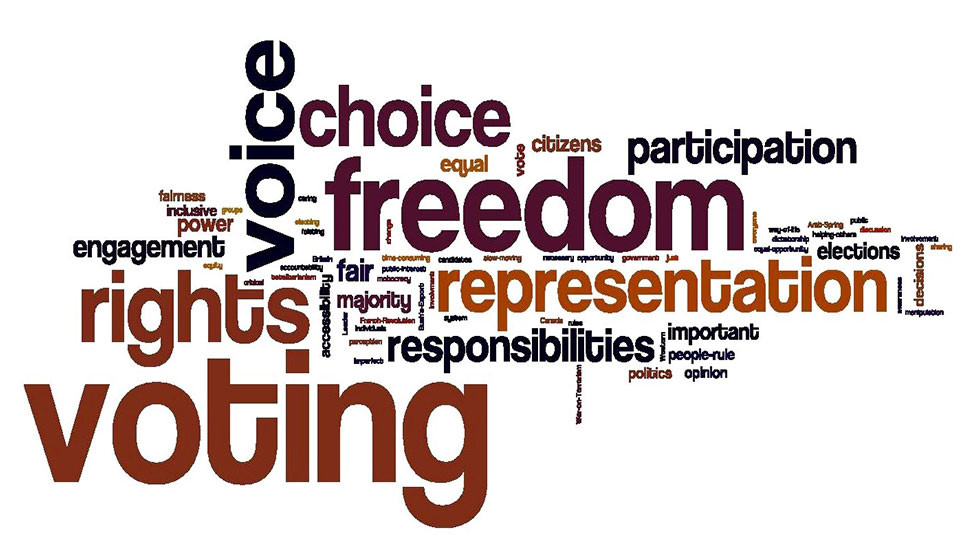
Commenting on the 20th Amendment draft bill, Anura Kumara Dissanayake, the leader of the National Peoples Power is reported to have said that the 20th Amendment marked a movement from cultured society to uncultured society. It seems that he characterised the 2015- 2019 period as a time in which everyone behaved in a cultured manner.
Pubudu Jagoda, the Education Secretary of the Frontline Socialist Party said the change from the 19th to the 20th Amendment would be a transition from an oligarchic decision making system to one of decision making by a single person. In my opinion, these statements are based not only on inflated views of the 19th Amendment but are also a misreading of the 19th and 20th amendments. It is customary to think that a detailed analysis of an event would be adequate to grab a total understanding of it. What they have done is a detailed comparison of both and come to the conclusion the change would mark a regressive qualitative transition.
Theory of Knowledge
However, that is not the true path of knowledge. Soviet Philosopher Ilyenkov emphasised the movement from real concrete to abstract and then to concrete once again as the real path of understanding an event. He writes: “We have thus established the knowledge reflecting on an individual fact, though it may be a frequently recurring one, but failing to grasp its internal structure and internally necessary links with other such facts, is extremely abstract knowledge even if it is direct and sensually perceived. That is exactly why ‘the general law of the change of form of motion is much more concrete than any single “concrete” example of it’ [Engels, Dialectics of Nature, Notes and Fragments].”
Hence, in order to understand the real meaning and objective of the 20th Amendment, it is necessary to place both amendments in the socio-political context within which the Constitution of the Democratic Socialist Republic (CDSRSL) was enacted. CDSRSL was enacted not because the first republic constitution of 1972 was inadequate, but it did not go with the neo-liberal economic policies that were introduced in 1978. Neo-liberal economic policies required powerful and centralised executive somewhat distanced from the Parliament.
However, at the same time the President should have adequate mechanisms in place to control the Parliament. Amendments to the constitution in the last forty-two years signify how it faced and responded to national and regional pressures, inter-party contestation and personal power objectives. One of the notable factors is that the first 12 amendments were introduced in the first nine years. These amendments may be considered as the consolidation of the CDSRSL. The last three amendments (including 20 A) are enacted in the last ten years.
Is democracy an objective of these constitutional changes? The answer is categorically NO. The preservation of a centralised regime that is gradually moving towards authoritarianism has been the central theme of the constitutional change. Nonetheless, it does not mean a total absence of democratic elements. The 13th Amendment and the 17th Amendment were deviant at least potentially from the centralised authoritarian regime objectives. Had the CDSRSL read from the prism of those two amendments and the reforms followed by them designed in that manner, the CDSRSL would have undergone a substantial metamorphosis.
Two Opposing Amendments
Some commentators have tried to show that the 19th Amendment was a step towards democratisation and the 20th Amendment tries to reverse this trend. This is a substitution of eclecticism over dialectics. Those who framed the 19th Amendment understood well that in order to implement a complete neo-liberal development strategy, under a given power constellation, power should be shifted from the President to the Prime Minister.
It is not a shift from “one” to “many”. The Constitutional Council and other changes are aimed at increasing powers of the Prime Minister so that he can take radical decisions to implement his economic policies. However, the 19th was an amendment not a new constitution. So the authors of the 19th amendment had to work within the restraints imposed by the CDSRSL.
As a result, the amendment led to the total disruption of the state when conflicts arose between the President and the Prime Minister. So one of its co-authors was forced to accept in Parliament the 19th Amendment was bad and it became worse when both power centres were in conflict. During the Election it’s true the SLPP asked for a mandate to change the 19th Amendment.
The 20th Amendment goes beyond that and aims at reversing this trend giving full powers back to the president. There is Sinhala saying that goes as “kala dutu kala wala ihaganna” (strike while the iron is hot). Thus, the drafters of the 20th Amendment added more undemocratic elements strengthening the authoritarian tendencies in Sri Lankan politics that marked the period since the late 1970s. The negative elements of the 20th Amendment may lead to an increase of Government spending and to a weakening of the discipline of Government revenue and expenditure.
The 20th Amendment as it is has gone beyond what the SLPP proposed during the Election. It has introduced so many undemocratic elements. As a result, some members of the cabinet are reported to have expressed dissident views on some of the clauses of the amendment.
Also some members of the Government have joined their cabinet colleagues. If the SLFP that has 14 members in the ruling front refused to vote in favor of the amendment as it exists, the Government may loose its two third majority in Parliament. Even outside Parliament, ardent supporters of the Government including the Maha Sanga have expressed their dissatisfaction over the content of the amendment.
Trade unions, organisations of farmers’ and other petty producers may also come forward forcing the Government to scrap the negative and undemocratic elements in the amendment that will be used in future to limit the democratic rights of the people.
Sumanasiri Liyanage
 Europe Solidaire Sans Frontières
Europe Solidaire Sans Frontières


 Twitter
Twitter Facebook
Facebook